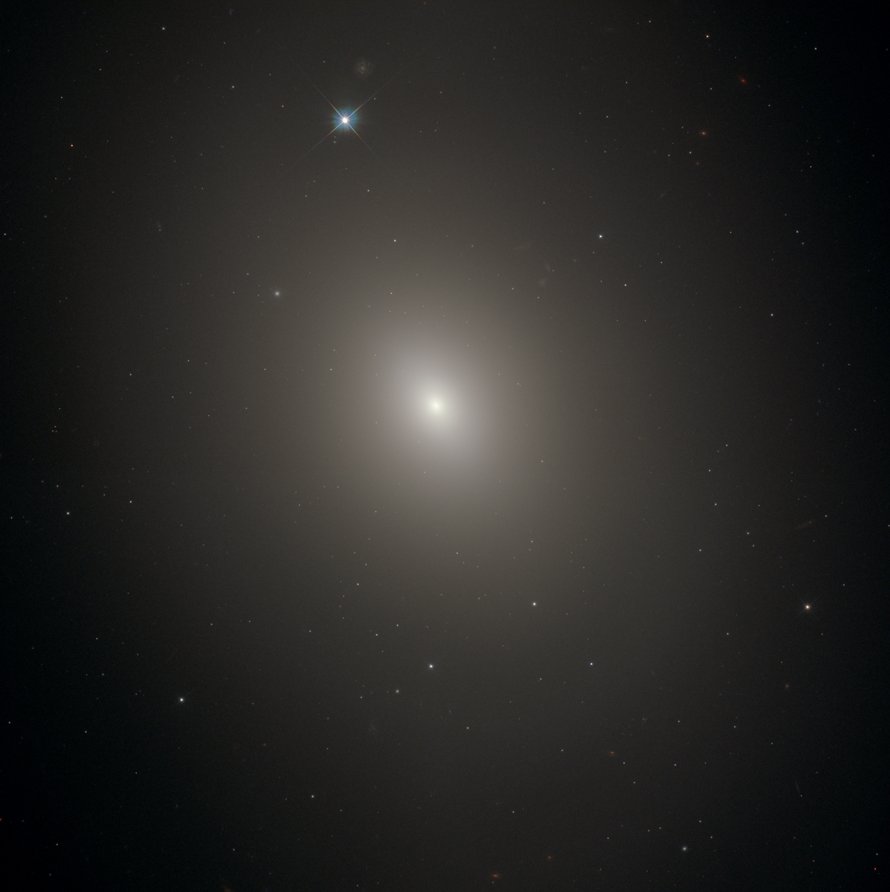M85 (NGC 4382)
Messier 85 (NGC 4382) is a lenticular galaxy located in the constellation Coma Berenices in the Virgo Cluster of galaxies. M85 is 60000000 light years away from Earth.
M85 is best viewed during late spring, is magnitude 10, and can be viewed with small telescope. M85 is 7.1' x 5.5' in apparent size. For reference, the full moon is 30'.
Observing difficulty: Hard
- Name:
- Type:
- lenticular galaxy
- Constellation:
- Coma Berenices
- NGC or IC:
- NGC 4382
- Magnitude:
- 10
- Viewing:
- small telescope
- Size:
- 7.1' x 5.5'
- Distance (light years):
- 60000000 LY
- RA:
- 12h 25.5m
- Dec:
- 18 12'
- Season:
- late spring
- Galaxy group:
- Virgo Cluster
- Messier Marathon #:
- 52
* The naked eye can see up to magnitude ~7-8 objects under ideal dark sky conditions.
A Close Look at the Lenticular Galaxy in Coma Berenices
Messier 85 (M85) is a lenticular galaxy situated in the northern constellation of Coma Berenices. As a prominent member of the Virgo Cluster, it offers astronomers a unique opportunity to study a galaxy type that shares characteristics with both elliptical and spiral galaxies.
Characteristics of M85
M85 is cataloged as a lenticular galaxy due to its intermediate features shared between spiral and elliptical galaxies. It displays a flattened disk and a spherical halo but lacks clearly distinguishable spiral arms. M85 is also characterized by its low dust content and relatively sparse interstellar medium, which makes it harder to form new stars compared to spiral galaxies.
Of particular interest is the presence of a dwarf lenticular galaxy, NGC 4394, near M85. This nearby galaxy, due to its close proximity, can help astronomers understand the interaction between galaxies and their potential influence on each other's evolution.
Magnitude and Size
With an apparent magnitude of around 9.1, M85 is not easily visible to the naked eye but can be observed with small to medium-sized telescopes under dark sky conditions. The galaxy spans about 7.1 x 5.5 arcminutes in apparent size, which, at a distance of approximately 60 million light-years, corresponds to a true spatial diameter of roughly 125,000 light-years.
Finding and Viewing M85
Finding M85 requires a bit of star hopping, starting from the constellation Leo. The galaxy lies in the constellation Coma Berenices, but the path to finding it is easier starting from Leo. Begin at the star Denebola at the tail of Leo, then move eastwards towards Vindemiatrix (? Virginis) in the neighboring constellation Virgo. M85 lies somewhat midway between these two stars but slightly north of the imaginary line connecting them.
When observed through a small telescope, M85 will appear as a faint and diffuse oval light patch. Higher resolution imaging or larger telescopes are needed to resolve the outer regions and details of the galaxy. Although challenging, it offers rewarding views, particularly for amateur astronomers who have a passion for galaxies and deep sky objects.
Overall, Messier 85 is an intriguing object of study that enables astronomers to delve deeper into the complexities of lenticular galaxies, intergalactic interactions, and cosmic structures. Its location within the Virgo Cluster presents a rich field of neighboring galaxies, adding more appeal to the deep sky observers and astrophotographers.



